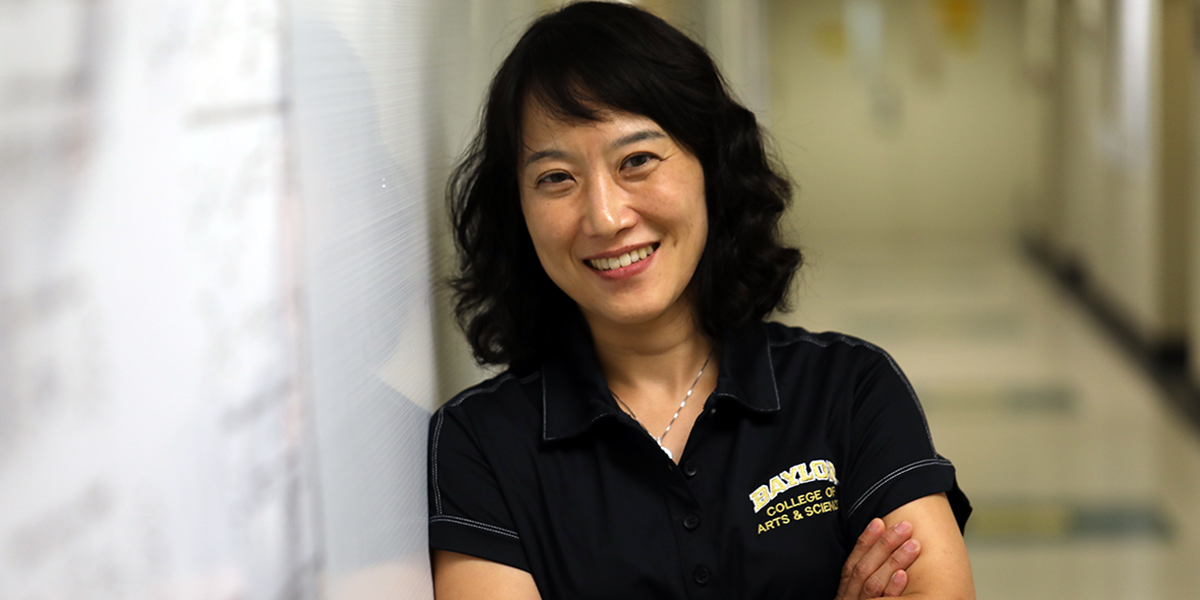Meet Baylor’s groundbreaking expert on DNA damage & repair

“Make sure to put on sunscreen.” How many times did you hear that growing up? How many times will that phrase be uttered by parents this summer?
There’s a reason why parents have offered that advice for decades, as we know that too much sunlight can lead to problems like skin cancer. That’s where Dr. Jung-Hyun Min’s research comes in.
Min, an associate professor of chemistry and biochemistry at Baylor since 2018, is an expert on cellular DNA damage and repair. It’s not the most pleasant thought, but outside disease-causing forces are constantly attacking our DNA; ultraviolet light from the sun is just one example. Thankfully, the body’s natural defenses generally work rapidly to fix the damage — but that defense system isn’t foolproof, and when it doesn’t move rapidly enough, skin cancer and other diseases can eventually result. There is much yet to be learned about the process.
Dr. Min and her research group are diving deep into that arena — looking at DNA structures and proteins to unpack the processes and pathways by which DNA recognizes and repairs damage. Their work is making a difference.
In 2019, Min led a breakthrough study that has provided a more complete understanding of the way the body recognizes and repairs DNA damage caused by sunlight. Published in the journal Nucleic Acids Research, the study fills a gap in our understanding of this subject, answering long-standing questions related to how the body “marks” damaged cells for repair. The team created a 3-D molecular trajectory that reveals key steps in the specific process. (It’s pretty complex; the scientifically inclined can read more and see a 3-D rendering of the process in the release.) While the article focuses on sunlight-induced damage, the study could hold clues for better understanding the pathways by which other types of DNA damage, ranging from pollutants to cigarette smoke and more, are addressed. It’s that broader goal that drives Min and her team.
“We hope the knowledge we uncover can be helpful in solving major problems in human health,” Min says. “This is how we imagine we can help — by understanding how things work with full 3-D structural detail.”
Sic ’em, Dr. Min!

